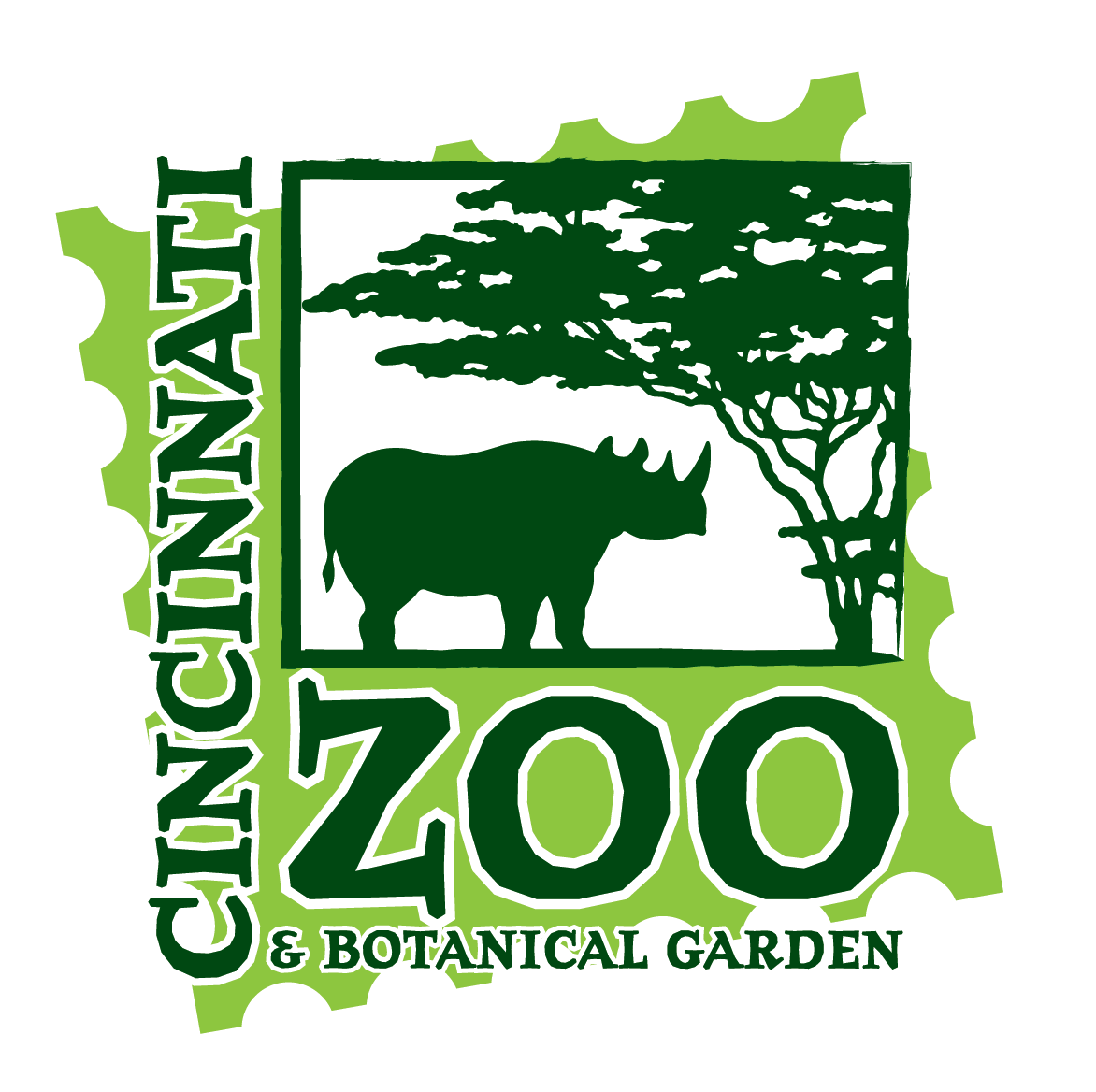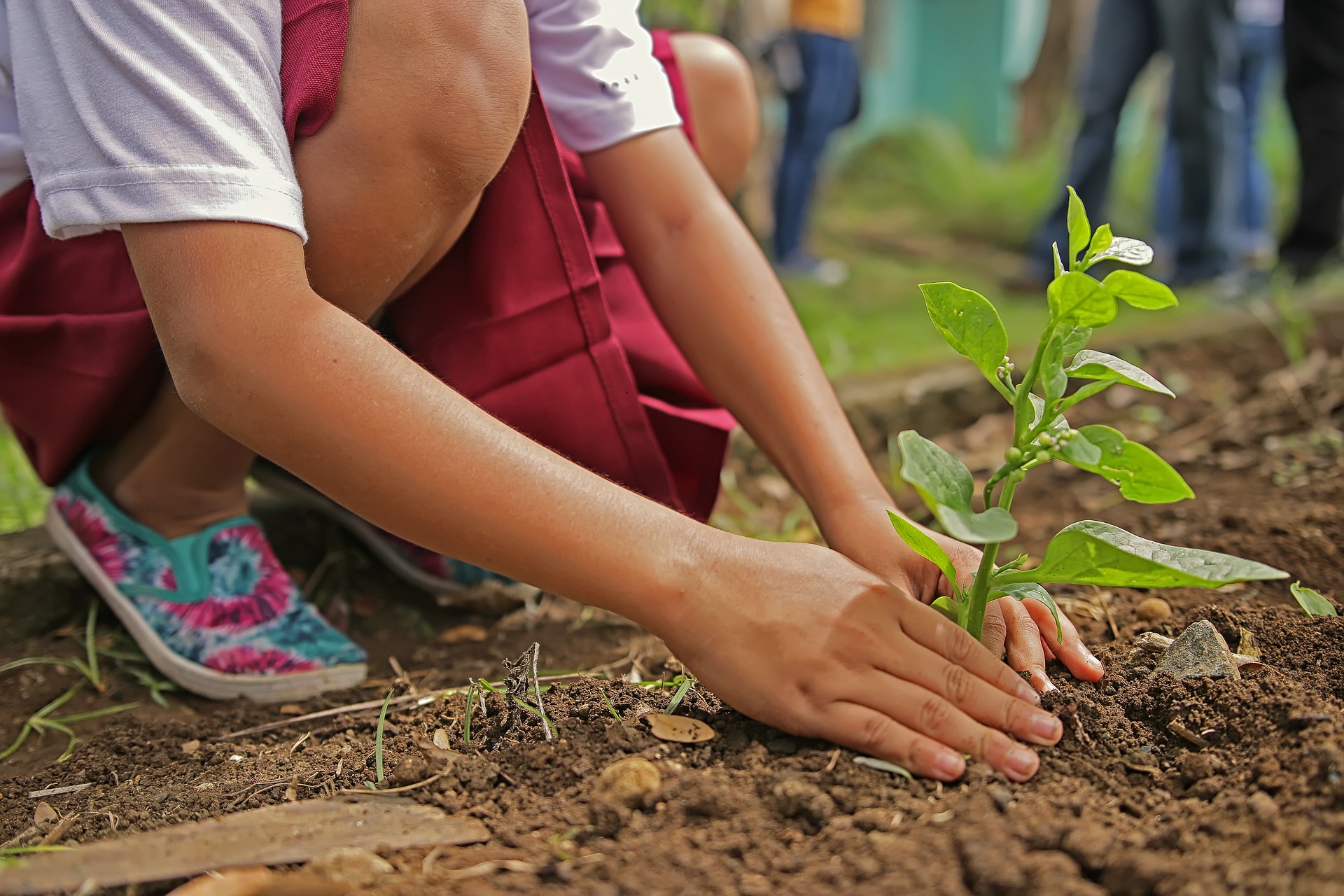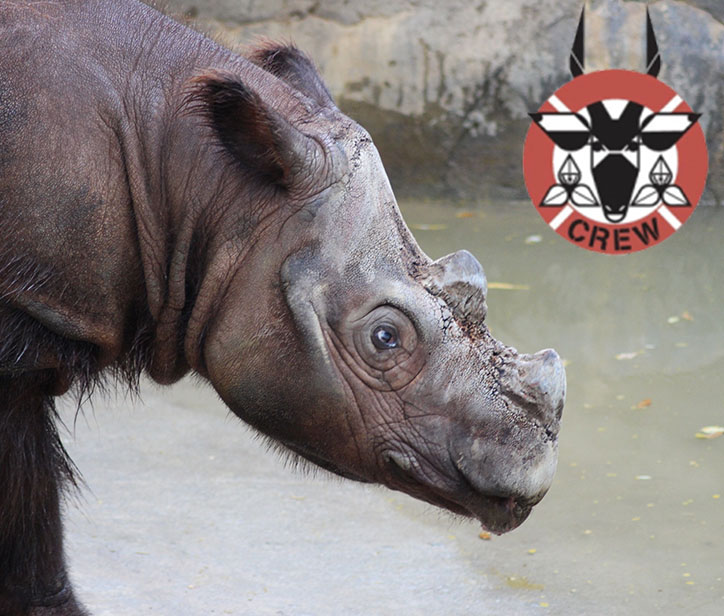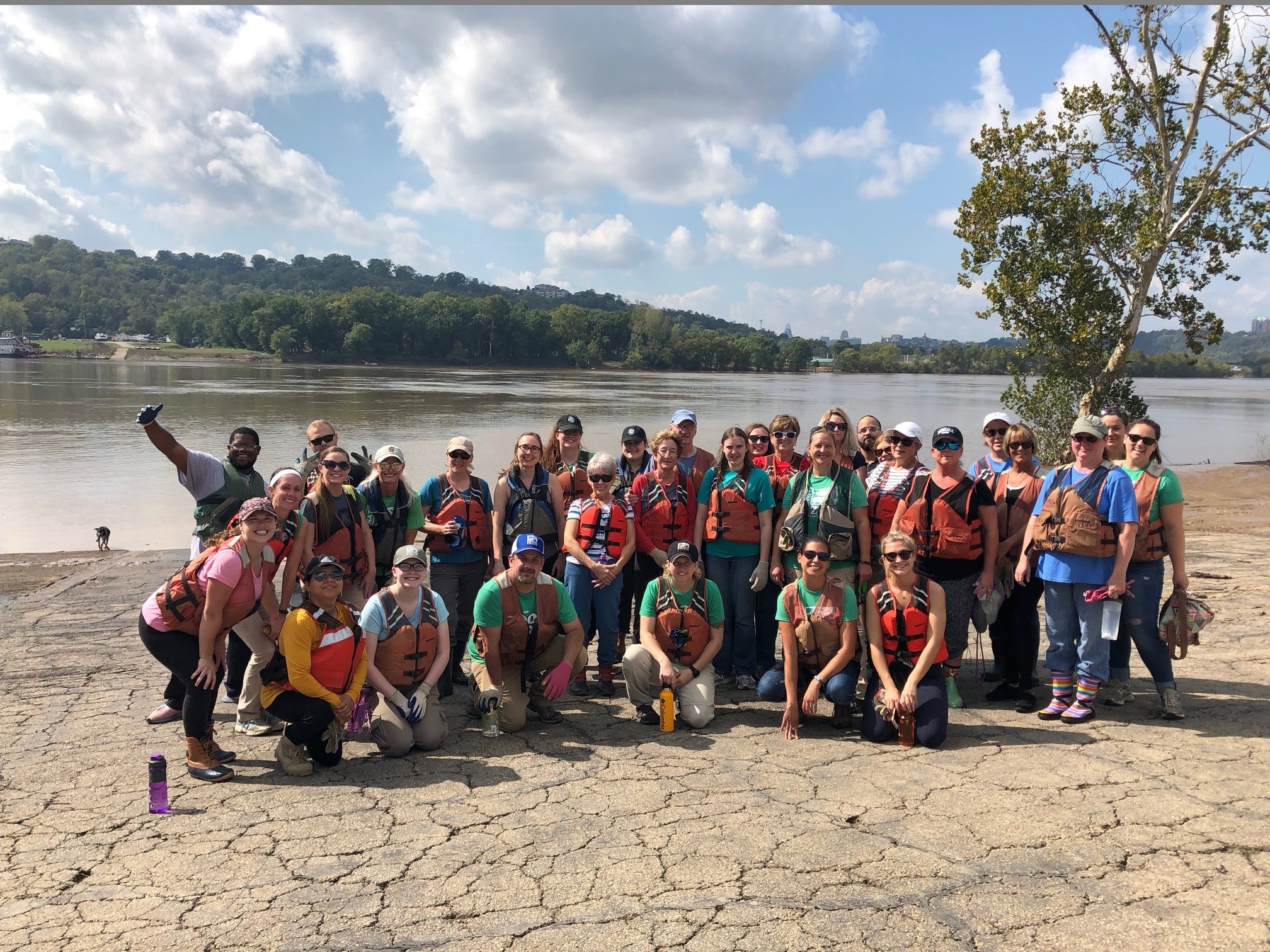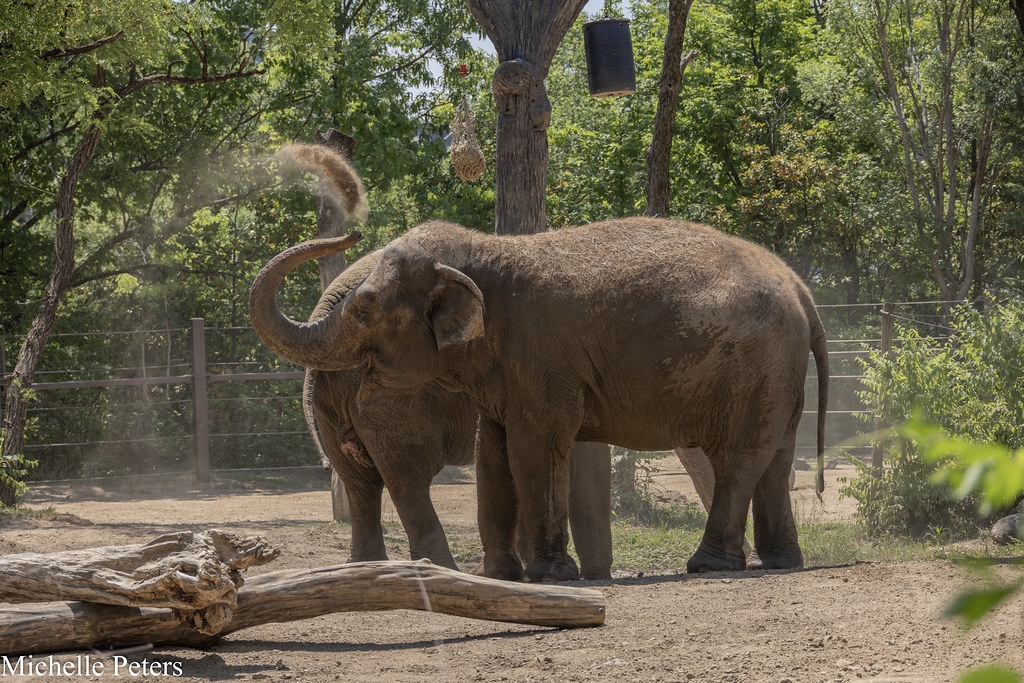“Some people believe conservation efforts are too little, too late, and that endangered species can’t be saved. Our message about our work with wildlife is a hopeful one.” – Thane Maynard
Conservation is at the core of our mission and a priority for AZA accredited Zoos. We are committed to saving animals and plants and working with our community and partners to take that challenge on together.
